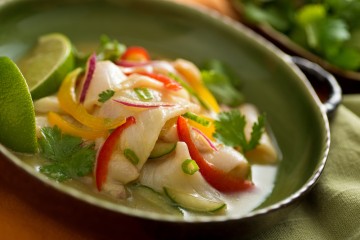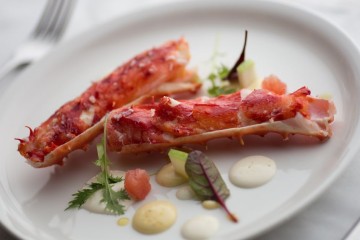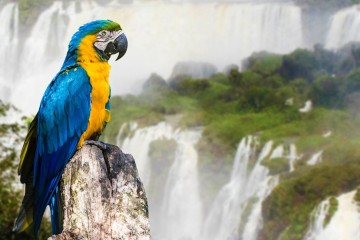Tips before trying South American food
Every continent boasts a crazy array of unusual foods: dubiously delectable goodies that seem perfectly normal to locals yet can make foreign visitors run a mile in the opposite direction. Adventurous gourmands with a penchant for the bizarre can satisfy their weirdest culinary pleasures on their South America travels, the continent regarded as the ideal destination for gastronomic (and uninhibited) explorers. Among the weird and wonderful South American concoctions, however, you’ll also find a few undesirables you’d be well-advised to avoid.
What are South America’s most unusual foods to try and those to avoid?
Let’s take a look!
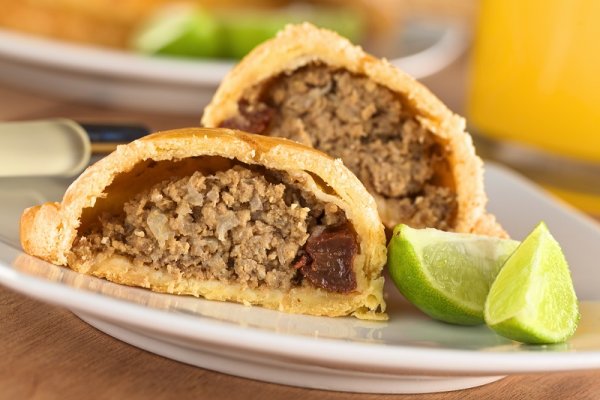
Traditional Peruvian food empanadas
South American Cuisine- A General Overview
Many people make the error of grouping South American cuisine into one homogamous group although they’d never dream of doing that anywhere else. Such a varied continent, boasting such a diverse array of ecosystems, naturally boasts an immensely diverse cuisine. Even within the same country, you’ll discover impressive regional differences although those looking for very unusual South American food will definitely be in their element, just about everywhere.
Despite this colossal diversity, however, there is a general base from which all South American cuisine derives, that being the indigenous cuisine of the specific region mixed in with the imported European culinary customs introduced by immigrants. That’s why some cuisines seem to be more Mediterranean whilst others, like that of Patagonia, boasts a more defined Germanic and British influence. Head way north, into Colombia, and you’ll start encountering more African-influenced ingredients and dishes.
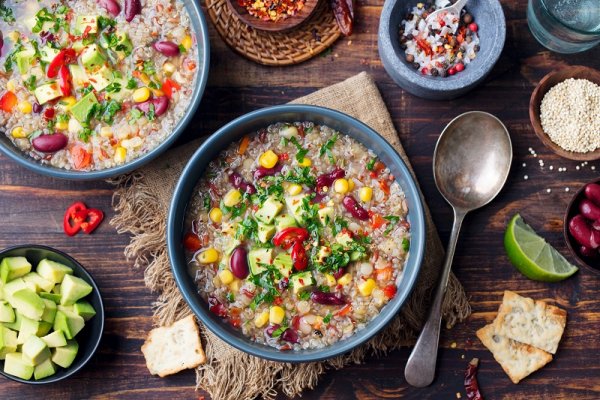
Traditional South America dish with avocado, corn and beans
Peruvian Food
Peruvian food is among the most famous and exported of all of South America and if you’re in a brave mood for an unusual feast, it’s probably the best place to start. Among the delectable dishes you really ought to try, like ceviche, llomo saltado and rocoto relleno, there are a few odd and wonderful specialities you should seek out.
Foods to try in Peru
Head to the high Andes and you can delight your taste buds (if not your eyes) on char-grilled guinea pig (served whole with nails and teeth intact, a true visual feast) or, for a meatier feast, shish kebabs of beef hearts, which are actually quite tasty and appetising if you can just get over the idea of what it is. On the other side of the digestibles, Peruvians also love char-grilled grubs, deep fried ants and bull testicles, the latter usually cooked in a clear broth so you can’t even avoid looking at the bite-sized lumps of meat.
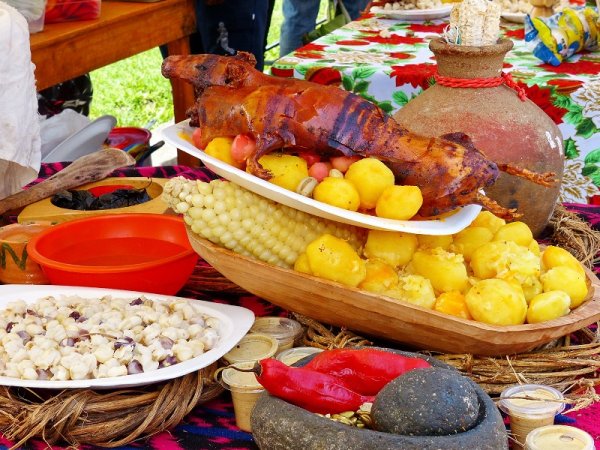
Roasted Guinea Pig delicacy in Peru
Food to avoid in Peru
None of the food above will have detrimental effects on you or the environment: if you can stomach them, you’ll just win the awe and respect of your fellow travel companions. However, there is something you should seriously avoid if travelling to Peru on your South America travels. Lake Titicaca is home to one of the most endangered frog species in the world, the aptly named Titicaca Water Frog, which last made headline news in 2016 when it was found that thousands had succumbed to a mass-death episode. This critically endangered frog is an indigenous delicacy in both Peru and Bolivia, with smoothies made of the little guys fabled to have aphrodisiac effects. Although not widely offered, local authorities know that ‘frog juice’ is still consumed in these parts. Aside from the fact that it could be highly poisonous to you, given that frogs absorb every toxin in the ground and water, you should definitely leave this endangered species well alone.
Patagonia Food
Shared by two nations, Patagonia is South America’s southernmost region, home to its most magnificent glaciers, fjords and snow-capped peaks. The harshness of the wilderness, expanse of the region and low levels of human population have allowed Patagonian cuisine to evolve to the beat of its own drum. Every corner offers amazing culinary treats: from outstanding crab and lobster along the coast to sensational grilled game-meat on the hinterland.
Foods to try in Patagonia
A carnivore’s paradise, Patagonia is the home of the Argentinian asado, the famed BBQ that takes hours to prepare and even longer to leisurely polish off. Spit roast lamb (cordero al palo) is inarguably the most iconic regional dish, served alongside tasty lashings of chimichurri, a garlic and herb infused sauce that’s used both as a marinade and a serving sauce. If you’re more of a seafood fan then you won’t want to miss the king crab pie (chupa de centolla) which you can savour in all the major seaside ports of the region., like Puerto Natales and Ushuaia.
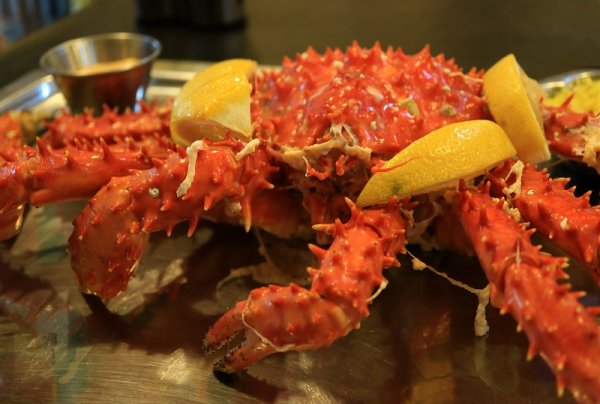
King crab pie with lemon a traditional food in Patagonia
Food to avoid in Patagonia
The Patagonian toothfish has been vulnerable to overfishing for years and authorities are constantly monitoring Patagonian and Antarctic waters for illegal poachers. Once considered the biggest and most lucrative poaching operations in history, the unlawful hunt for this incredible creature almost led to its extinction, although it was declared ‘saved’ despite ongoing threats. The fish is often passed off as Chilean sea bass and sold on international markets as sablefish, although it is a pivotal species in the Southern Oceans as a favoured food source of Southern elephant seals and sperm whales. Aside from the risk of absolute depletion, the Patagonian Toothfish/Chilean Sea Bass contains high mercury levels so, do yourself and the wild southern seas a favour: avoid this if you can if visiting Patagonia on your South America travels.
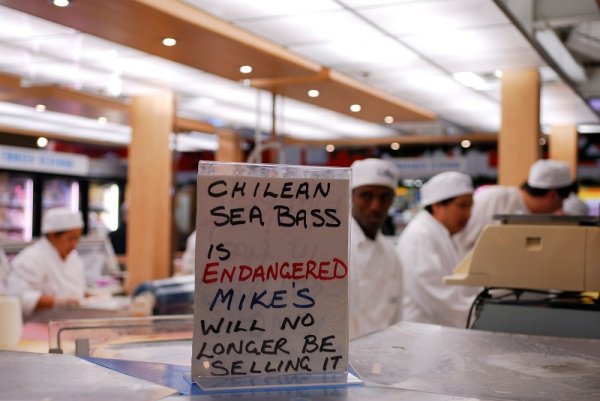
Argentinian food
Even those who’ve never set foot in Argentina will know that the South American nation is renowned for its world-class beef and wines. Argentinian food is favoured by foreign visitors due to its sheer diversity and immensely high quality: feasting here is absolute child-play.
Foods to try in Argentina
If you have no qualms about eating every single part of any animal then you’ll feel right at home in Argentina. There’ll be no wasting of anything in this part of the world, not when the national drink (yerba mate) is served in a leather gourd made of bull’s testicles. Moreover, Argentinians do love game-meat, so here you can also chomp on a llama, alpaca or chinchilla steak, if you so wish.

Alpaca tenderloin roasted on hot stone
Moving right along…
Food to avoid in Argentina
Head to the remote Los Andes region of north-western Argentina and you may just come across a small community that’s developed a unique tolerance for highly toxic food. The 6,000 or so inhabitants of San Antonio de los Cobres were subjected to acute arsenic poisoning over the course of thousands of years and now boast a genetic mutation which makes them (almost) immune to the toxin. They’d still succumb to unbearable ill-health and even death should they ingest high levels of arsenic but they can somehow manage to live with moderate amounts, even though minimum levels would prove quite fatal to outsiders. The arsenic in this region is contained within the bedrock of its rocky cliffs and has been affecting the water here since time immemorial. For obvious reasons, you’d be wise to only drink bottled water when visiting this very stunning area of Argentina on your South America travels, and avoid uncooked foods like salads.
Peel it, cook it or forget it!
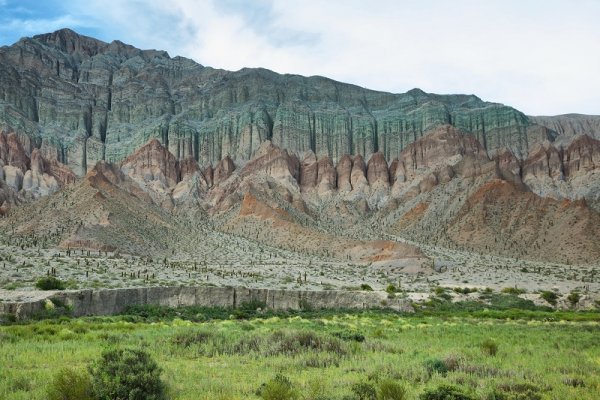
Andean mountains in Salta province in Argentina
Come discover the delicious (and not so mouth-watering) sides of local cuisines on your South America travels and you’ll ensure your journey become a truly unforgettable adventure. See our full collection of South America Tours and contact us for more info.
Laura Pattara
Laura Pattara writes for Viva Expeditions with a special love for all things Latin America. She had guided overland tours across the continent, reached Machu Picchu five times on foot, and even dressed up as a giant toucan for Carnaval. With a degree in languages and two decades of global travel experience behind her, Laura has a long-standing love for the Andes, soaring condors, and a truly delicious empanada.
|
